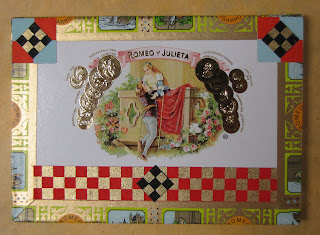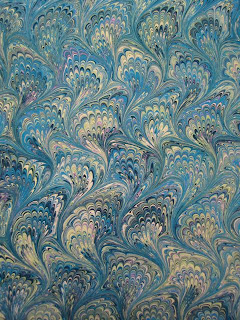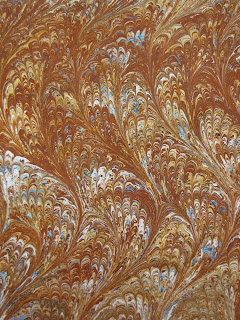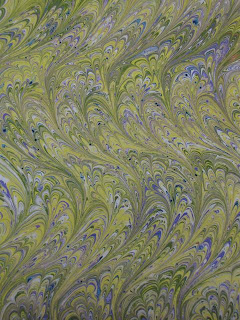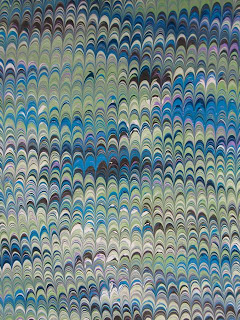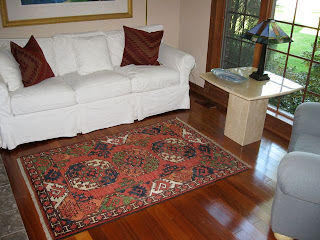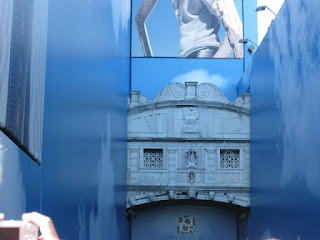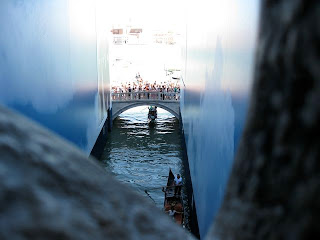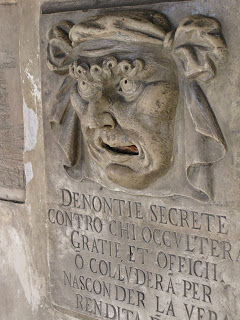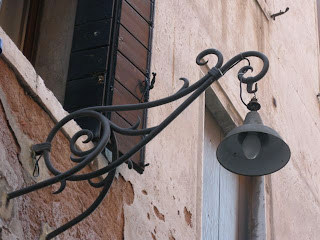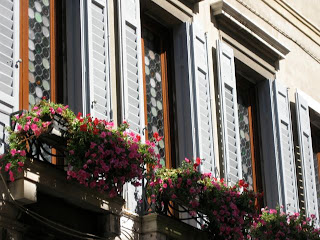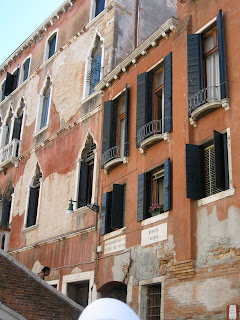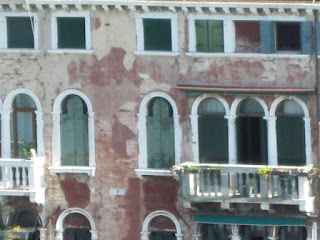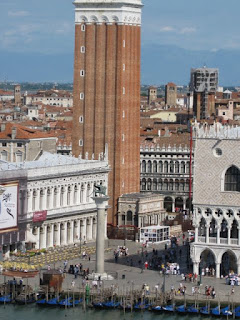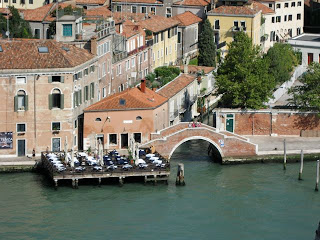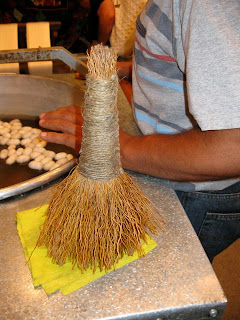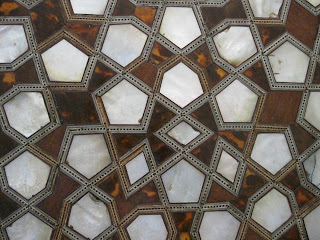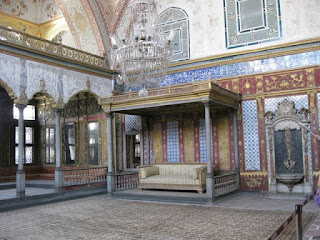 Long ago, in a land far to the north, there lived a gentle and generous Queen. The Queen loved her people and showered them with many kindnesses, including the annual gathering and renewal of the artists. It so empowered the people that the Queen declared it would be called the Art Continuum, a powerful force that would always be there to sustain and inspire her subjects.
Long ago, in a land far to the north, there lived a gentle and generous Queen. The Queen loved her people and showered them with many kindnesses, including the annual gathering and renewal of the artists. It so empowered the people that the Queen declared it would be called the Art Continuum, a powerful force that would always be there to sustain and inspire her subjects.
For many years, the artists celebrated their annual convergence for one week each year, and creativity fluorished and it was good. Art was made and altered, bought and sold, auctioned and traded; friendships were cemented, 'zines went forth, book deals were done, and everyone was happy.
Alas, the day arrived when the good Queen had to depart for new lands, to claim her King and apply her deft hand to remodeling yet another castle. The Art Continuum vanished overnight, and though the people cried and wrung their hands, and the artists withered, the Queen could not be persuaded to return to the north lands. Like the four winds, the artists dissipated and scattered over the world, some never to return, some lying in wait, hoping for the return of a better day.
Like so many twists of fate, while the Queen labored mightily in the west, the art gods were busy making other plans for her. The King retired from his subjects and heard a strange calling from the east: words like snow and golf and fishing filled his dreams, and he longed to live in a land where the sun did not shine every day. Together, they explored many great cities and the countryside, seeking the most perfect spot in the entire world to live. The exhaustive search continued until one day, when they realized they already knew where they should go, and returned speedily to the north land of the Queen.
The people in the land rejoiced, for surely this signaled the return of their beloved Art Continuum as well. They called and wrote and tweeted the Queen, but alas, time had taken its toll on her reclaimed kingdom. No suitable location could now be found to host the event, yet the Queen believed in her heart that it must be found so that the people could be restored and renewed once again.
And the day finally came when a location was found, although it was much less grand than the Queen would have liked, and certainly not able to accommodate all the artists at one time. But the Queen did not despair, instead, she had a flash of royal brilliance: why not spread the spirit of the Art Continuum throughout the year, and celebrate the arts each month instead of only during one week?
So this is how it came to pass that Ginny Carter Smallenburg will begin hosting her Small Studio Workshop series next year, and I am so honored to be a part of it. Details will be forthcoming in late January, but you already know you want to be there!









